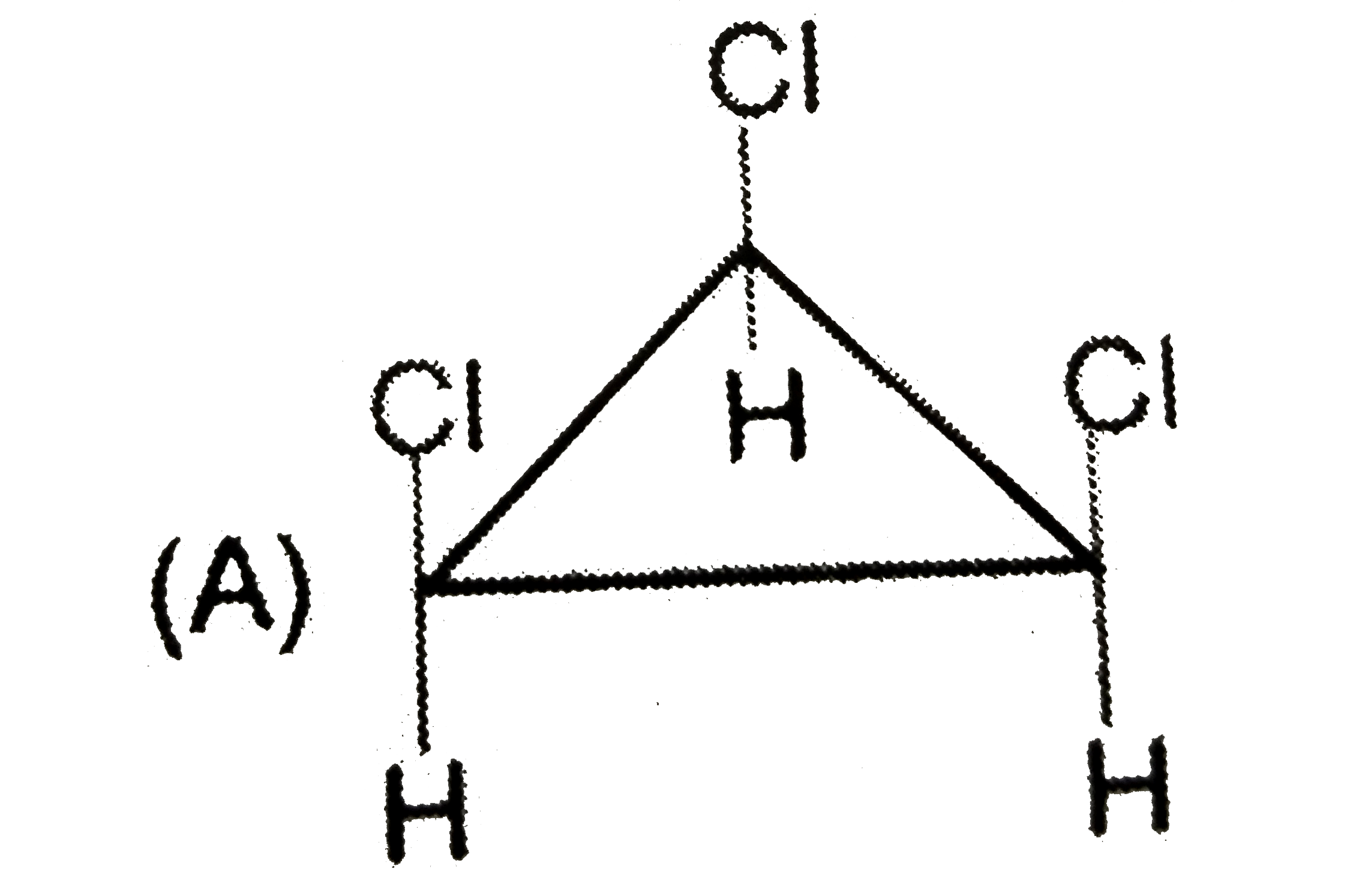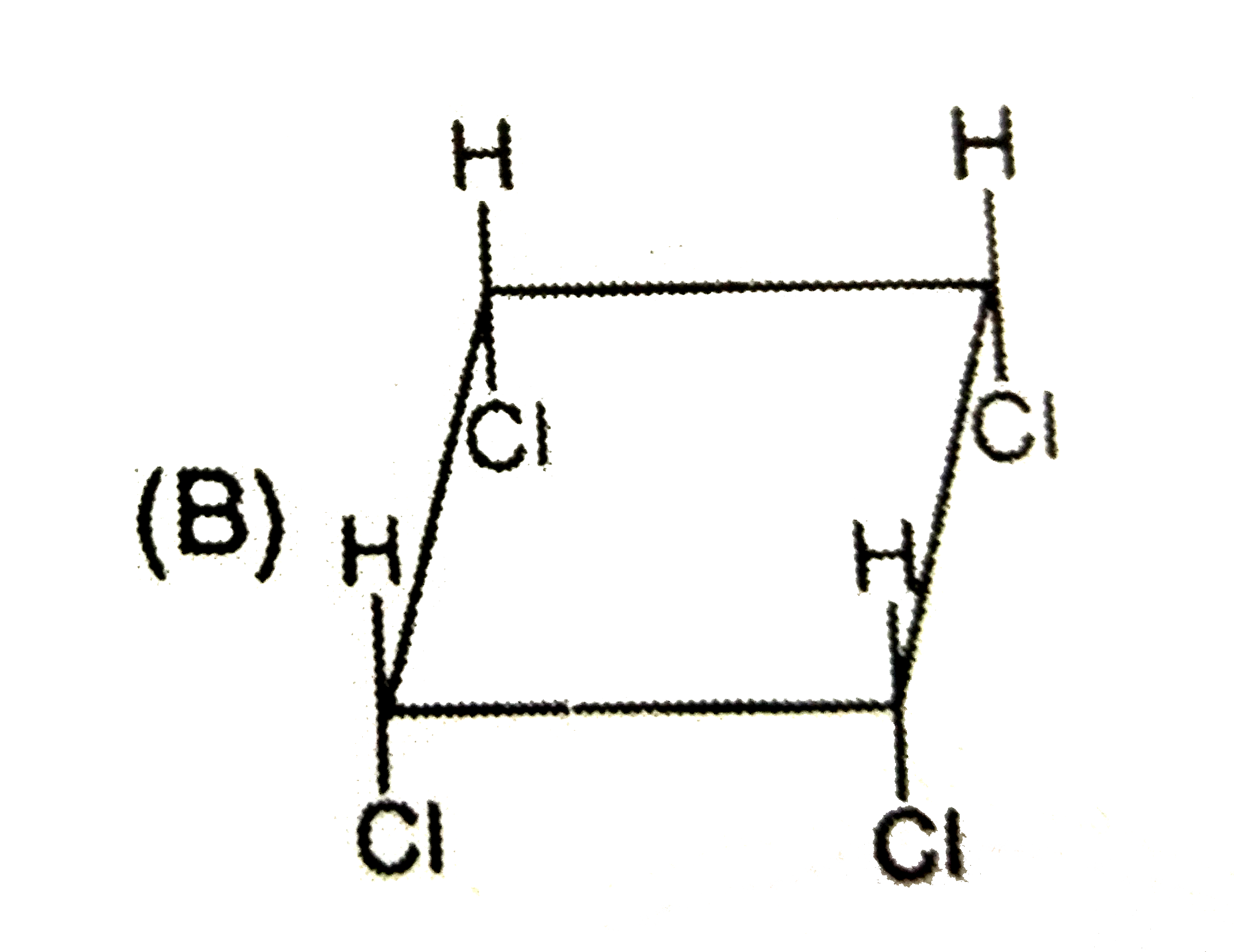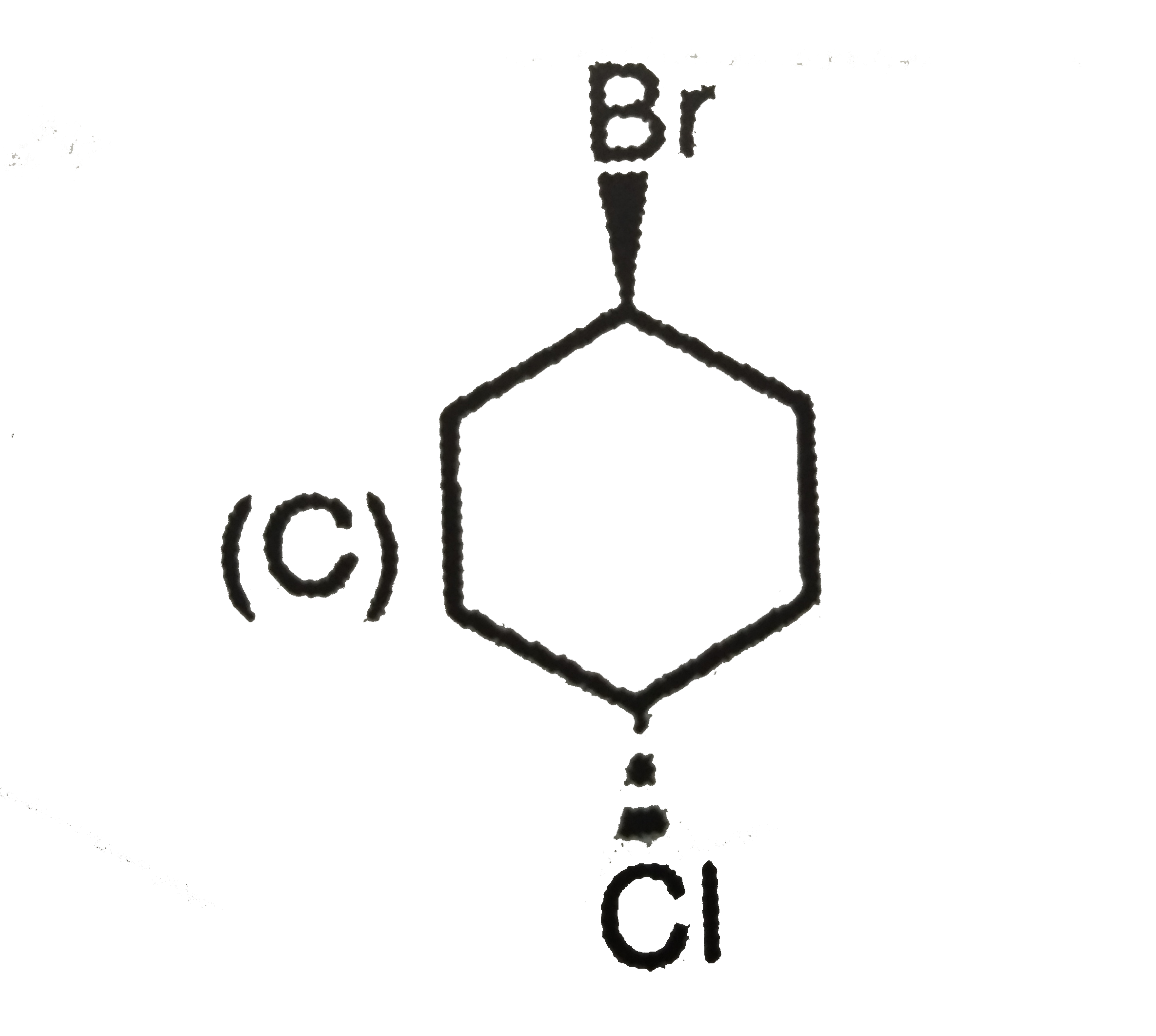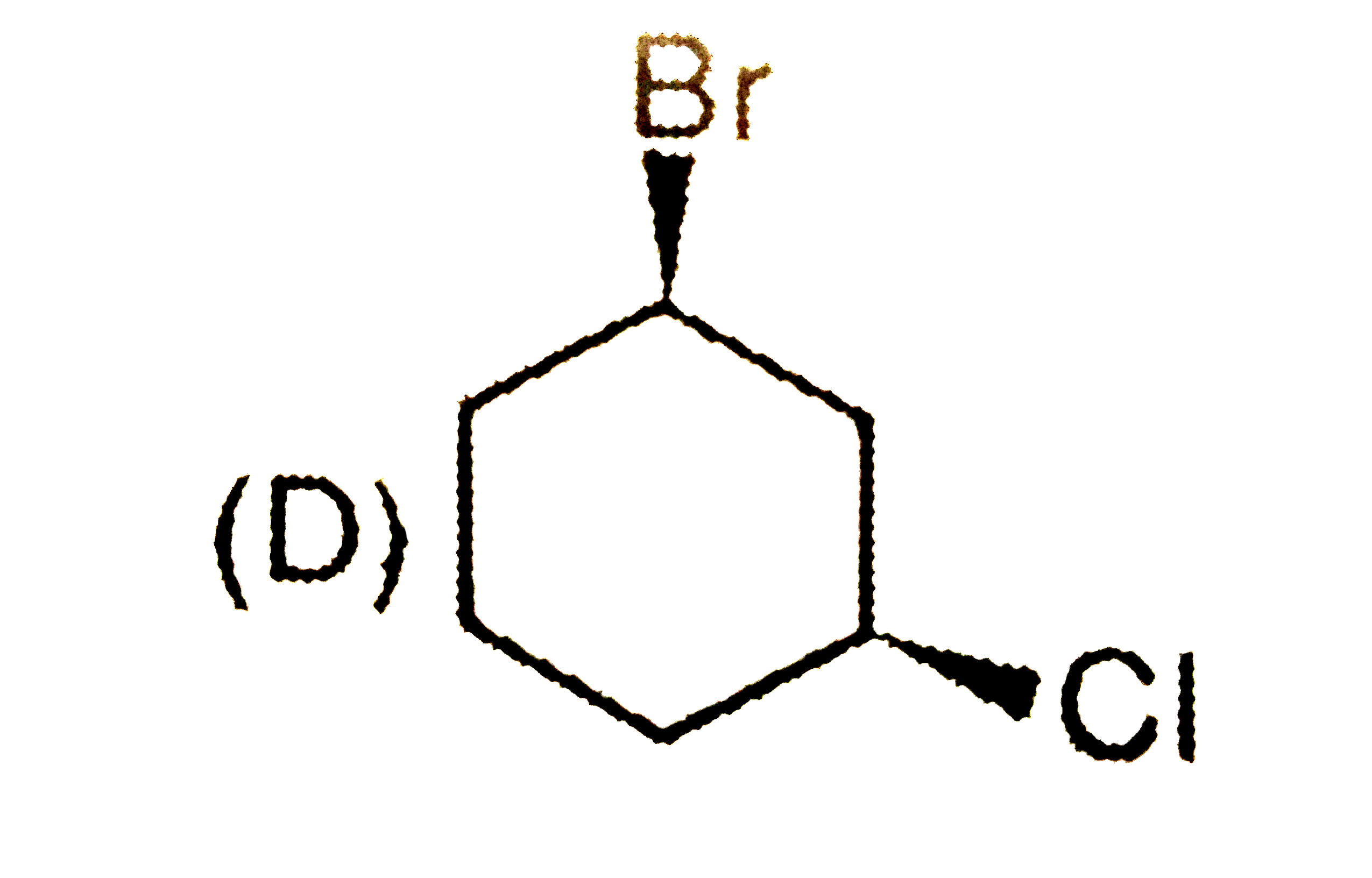Which of the following molecule is hypovalent ?
AlF3
Icl−2
BCl3
ICl−2
The correct Answer is:C
To determine which molecule is hypovalent, we need to understand the definition of hypovalent molecules. A hypovalent molecule is one where the central atom has fewer than 8 electrons in its valence shell.
Here’s how we can approach the problem step by step:
Step 1: Identify the Central Atom
First, we need to identify the central atom in each of the given molecules. The central atom is typically the atom that can form the most bonds or is the least electronegative.
Step 2: Count the Valence Electrons
Next, we need to count the total number of valence electrons for the central atom in each molecule. This includes the electrons that the atom contributes and any electrons it shares when forming bonds with surrounding atoms.
Step 3: Determine the Electron Count
After counting the valence electrons, we will determine if the central atom has fewer than 8 electrons in its valence shell. If it does, then the molecule is hypovalent.
Step 4: Compare with Other Molecules
If there are multiple molecules provided in the question, we will repeat the above steps for each molecule and compare the results.
Conclusion
Finally, we will conclude which molecule is hypovalent based on the analysis.
Example
If we consider a molecule like BF3 (Boron Trifluoride):
1. Central Atom: Boron (B)
2. Valence Electrons: Boron has 3 valence electrons.
3. Bonds: Boron forms 3 bonds with 3 fluorine atoms.
4. Total Electrons: Boron ends up with only 6 electrons in its valence shell.
5. Conclusion: Since Boron has fewer than 8 electrons, BF3 is a hypovalent molecule.
First, we need to identify the central atom in each of the given molecules. The central atom is typically the atom that can form the most bonds or is the least electronegative.
Next, we need to count the total number of valence electrons for the central atom in each molecule. This includes the electrons that the atom contributes and any electrons it shares when forming bonds with surrounding atoms.
After counting the valence electrons, we will determine if the central atom has fewer than 8 electrons in its valence shell. If it does, then the molecule is hypovalent.
If there are multiple molecules provided in the question, we will repeat the above steps for each molecule and compare the results.
Finally, we will conclude which molecule is hypovalent based on the analysis.
If we consider a molecule like BF3 (Boron Trifluoride):
1. Central Atom: Boron (B)
2. Valence Electrons: Boron has 3 valence electrons.
3. Bonds: Boron forms 3 bonds with 3 fluorine atoms.
4. Total Electrons: Boron ends up with only 6 electrons in its valence shell.
5. Conclusion: Since Boron has fewer than 8 electrons, BF3 is a hypovalent molecule.
Topper's Solved these Questions
- BOOK - ALLENCHAPTER - CHEMISTRY AT A GLANCEEXERCISE - ORGANIC CHEMISTRY483videos
CHEMISTRY AT A GLANCE
- BOOK - ALLENCHAPTER - CHEMISTRY AT A GLANCEEXERCISE - ORGANIC CHEMISTRY483videos
CHEMISTRY AT A GLANCE
- BOOK - ALLENCHAPTER - Chemical EquilibriumEXERCISE - All Questions24videos
Chemical Equilibrium
- BOOK - ALLENCHAPTER - ELECTROCHEMISTRYEXERCISE - EXERCISE -05 [B]38videos
ELECTROCHEMISTRY
Similar Questions
Knowledge Check
- Question 1 - Select One or More
Which of the following molecules are hypovalent in nature?
AAlCl3BBeF2CBF3DAlF3 - Question 2 - Select One
Which of the following molecule is polar ?
ASO3BSO2CSF6DAll are polar - Question 3 - Select One
Which of the following molecule is chiral.
A B
B C
C D
D

